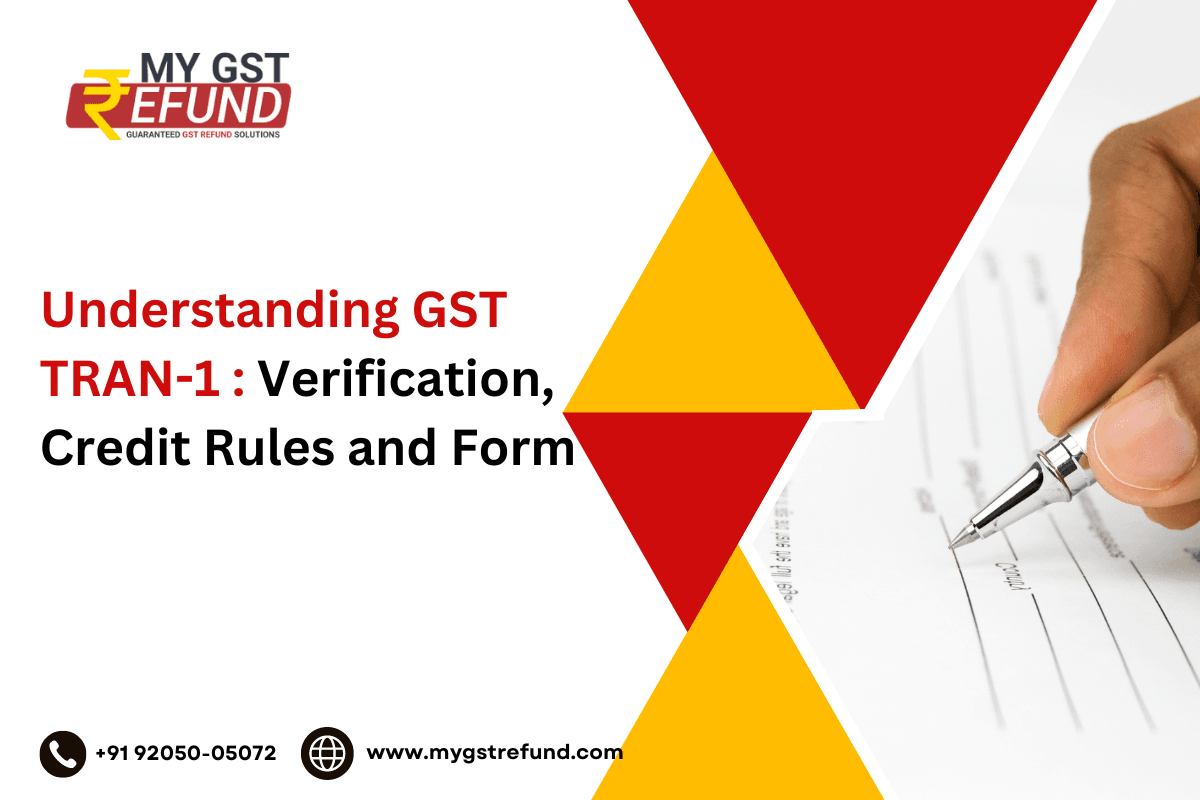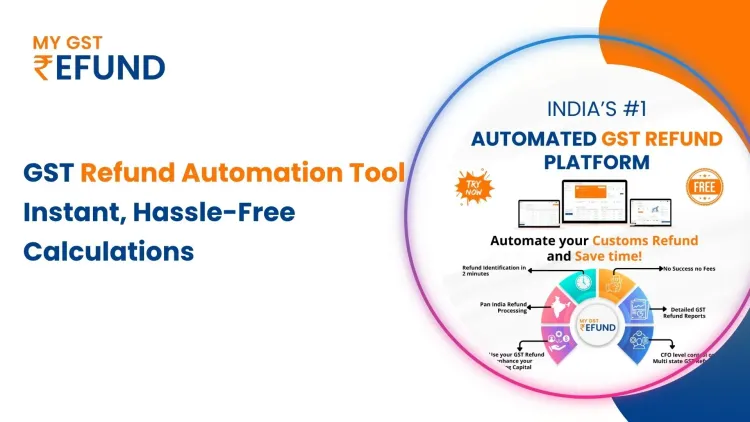Understanding GST TRAN-1: Verification, Credit Rules and Form
Published on: Wed Dec 06 2023
What is TRAN-1
TRAN-1 is a transitional credit form used by registered taxpayers under the Goods and Services Tax (GST) regime to claim credit for eligible taxes and duties paid under earlier laws on inputs, input services, and capital goods held in stock as on July 1, 2017, the effective date of GST. The form was introduced to facilitate a smooth transition from the pre-GST to the GST regime and ensure that taxpayers do not lose out on eligible tax credits.
TRAN-1 gst
TRAN-1 is a mandatory form for all registered taxpayers who are eligible to claim transitional credit. The form must be filed within 90 days of the appointed day (July 1, 2017) or as extended by the Commissioner. Failure to file the form or filing an incorrect form may result in denial of transitional credit.
TRAN-1 Form
The TRAN-1 form is a comprehensive document that businesses must complete to declare their transitional credits. It comprises various sections, including details of stock held, inputs, and outward supplies for which the taxpayer can claim credit. Additionally, it provides fields to declare transitional credit for Central Excise, Service Tax, and State VAT.
The TRAN-1 form is available online on the GST Portal. The form is divided into three parts:
Part A: General information
Part B: Details of inputs held in stock
Part C: Details of input services held in stock
Taxpayers must provide accurate and complete information in all parts of the form.
TRAN-1 Verification Guideline
The verification of transitional credit claimed in TRAN-1 is carried out by the jurisdictional tax officer (JTO) within 90 days of the taxpayer filing the TRAN-1 form. The verification process may involve scrutiny of supporting documents, inspection of stock records, and cross-checking with other information available with the tax department.
Verification Procedure
1.Initial Scrutiny: The JTO will initially review the TRAN-1 form and supporting documents to ensure that the information provided is complete and consistent.
2. Physical Verification: In some cases, the JTO may conduct a physical verification of the taxpayer's stock to ensure that the claimed credit is justified.
3. Cross-Verification: The JTO may also cross-check the transitional credit claimed in TRAN-1 with other information available with the tax department, such as GST returns, purchase registers, and sales registers.
4. Issuance of Notice: If any discrepancies or irregularities are found during the verification process, the JTO will issue a notice to the taxpayer seeking clarification or further documentation.
5. Order Granting Credit: Once the JTO is satisfied with the verification process, they will issue an order granting the transitional credit or rejecting the claim, as appropriate.
How to File Form TRAN-1 on the GST Portal
To file Form TRAN-1, taxpayers must follow these steps:
1.Log in to the GST Portal using their credentials.
2. Select the 'Services' menu and then 'Return' option.
3. Click on 'File TRAN-1' under the 'Transitional Credit' section.
4. Fill in the required information and upload supporting documents.
5. Submit the form and generate a PDF acknowledgment.
Also Read: ICE GATE Portal: Registration, Services and Benefits
TRAN-1 Credit Rule
The Goods and Services Tax (GST) Transition Rules, 2017, lay down the eligibility and extent of transitional credit that can be claimed by registered taxpayers under the GST regime. The rules specify which taxes and duties are eligible for credit, the maximum credit allowable, and the conditions for claiming credit.
Eligibility for Transitional Credit
Transitional credit is available to registered taxpayers who were holding inventory of goods and had availed of eligible taxes and duties under the pre-GST regime. It is also available for eligible taxes and duties paid on capital goods acquired before the appointed date (July 1, 2017).
The following taxes and duties are eligible for transitional credit:
Central excise duty
Additional excise duty
Special additional duty
Service tax
Value-added tax (VAT)
Entry tax
Luxury tax
The maximum transitional credit allowable for goods held in stock is calculated as follows:
Maximum credit = (Tax rate under pre-GST regime - GST rate) * Value of goods
For capital goods, the maximum credit allowable is calculated as follows:
Maximum credit = (Depreciation already taken under pre-GST regime * Remaining useful life of asset) * (GST rate - Applicable tax rate under pre-GST regime)
Check the Approximate GST Refund With Calculator : MyGST Refund Calculator
Conditions for Claiming Transitional Credit
Transitional credit can be claimed only if the following conditions are met:
The taxpayer is registered under the GST regime.
The taxpayer has filed Form TRAN-1 within the prescribed time limit.
The taxpayer has paid the eligible taxes and duties under the pre-GST regime.
The taxpayer has maintained proper records of the eligible taxes and duties paid.
How to Check TRAN-1 Credit in GST Portal
Taxpayers can check the status of their transitional credit claim in the 'Electronic Credit Ledger' (ECL) on the GST Portal. The ECL displays the credit claimed in TRAN-1, the credit verified by the tax authorities, and the net credit available for utilization.
Related Posts





